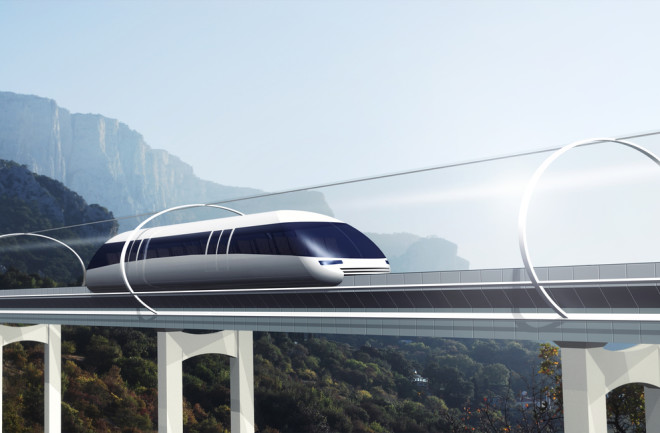The two passengers strapped into their seats inside the gleaming white interior of the Pegasus as the pod lifted into the airlock. In the time it takes to finish reading this paragraph, the pod accelerated to 100 miles per hour (160 km/h) down a length of track, before delivering its first passengers to a safe stop. The ride lasted only 15 seconds and was in no danger of breaking any land-speed records, but Virgin Hyperloop One nevertheless made history as the first company that has successfully tested hyperloop technology.
A hyperloop, as you may have heard, is a super speed ground-level transportation system in which people could travel in a hovering pod inside a vacuum tube at speeds as high as 760 mph (1220 km/h), just shy of the speed of sound. Virgin's system includes magnetic levitation, much like the technology used in advanced high-speed rail projects in Japan and Germany.

